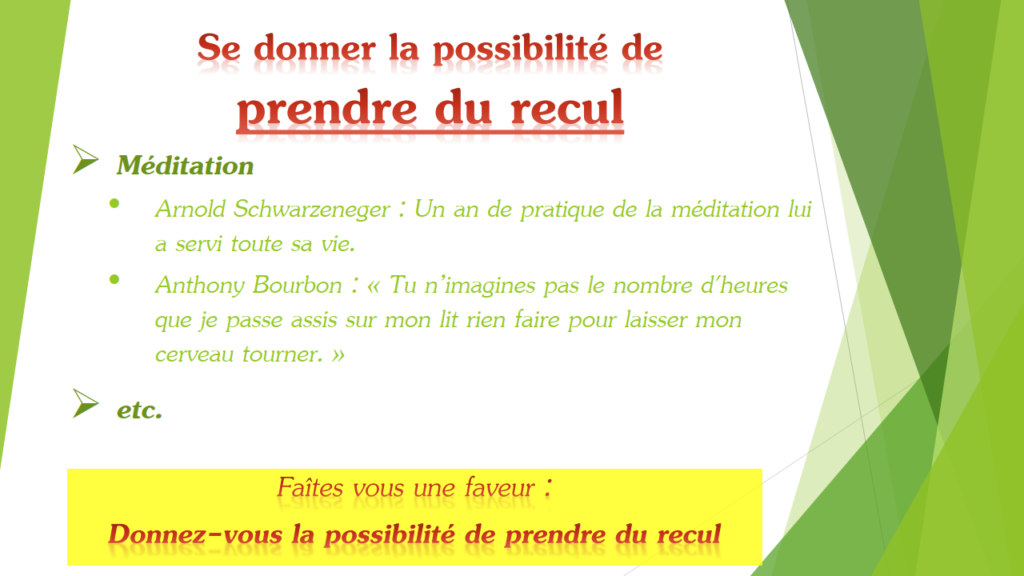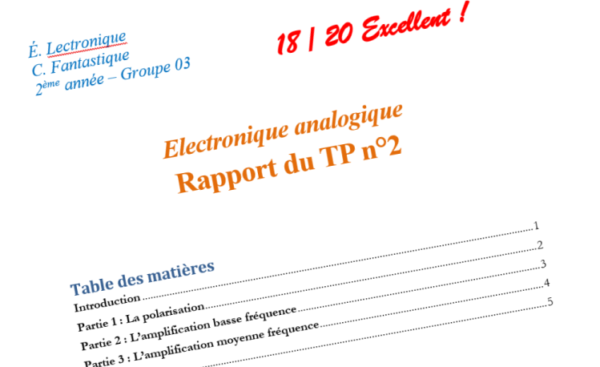Accueil »
En synthèse
Dans un monde saturé de notifications/distractions, faîtes-vous une faveur : donnez-vous la possibilité de prendre du recul :).
A busy life in a busy world
We are living in a busy world, and it seems that many of us like it: some are always monitoring our smartphones looking for notifications, some like being overbooked with parties, work, activities and so many things to do. Well, it looks like we don’t want to be bored, like we don’t want any « off time ».
But is it really that good?
A journal: just for teenagers?
Tim Ferriss, the author of « The 4-hour workweek » or « Tools of titans », writes:
History is littered with examples of successful (and unsuccessful) people who kept daily journals. It ranges from Marcus Aurelius to Ben Franklin, and from Mark Twain to George Lucas.
Tim Ferriss, What My Morning Journal Looks Like
A journal is not just for teenagers: it’s also a way to take a step back from your day, reflect on the present, and think for a while outside of our busy world.
The 5-minute journal
A famous journaling practice is the 5-minute journal (which you could probably do on your own instead of buying it): the principle is quite simple:
- Every morning, take a little time to write:
- what you’re grateful for,
- what would make today a great day,
- how you feel.
- And every evening, write a few lines to remember:
- the major highlights of your day,
- what you’ve learned.
You do not need to spend more than 5 minutes each day for a great mindset shift.
One year of practice, one life of benefits
Actually, journaling is not the only way to achieve this; you may have to test several methods to find the one that best suits you. Another one is meditation. In Tools of titans, Arnold Schwarzenegger explains Tim Ferriss how one year of meditation practice turned out to be a whole life worthwhile experience.
In an interview to Olivier Roland, Anthony Bourbon (an entrepreneur and investor that you might have seen in the TV show Qui veut être mon associé ? where entrepreneurs present their project to investors/business angels) tells him:
You cannot imagine the number of hours that I spend sitting on my bed, doing nothing, just to let my brain go.
De SDF à 10 millions par an : comment gagner avec de mauvaises cartes, avec Anthony Bourbon, Olivier Roland.
Well, the way of doing it is yours, whether it is journaling, meditation or anything else, it doesn’t matter. But do yourself a favor: allow yourself to take a step back.


